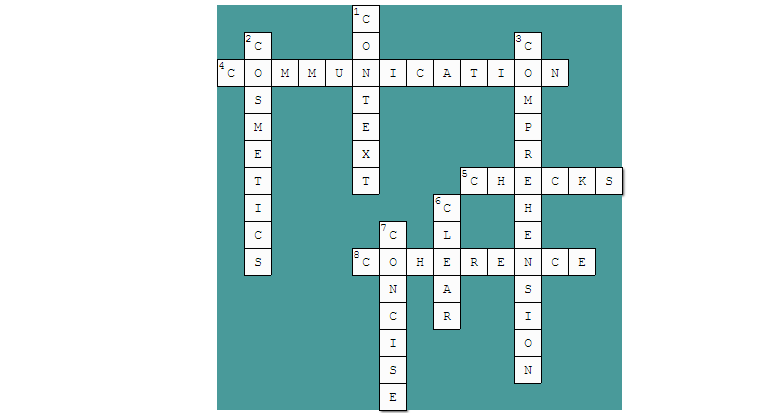The five “C”s of translation

Five key factors to producing a successful translation, summed up in five simple “C”s.
Translating is a complex process that requires very specific skills, not something to be launched into without the necessary training and preparation or just a loose grasp of a language. To ensure a translation fulfils its purpose, there are certain steps that must be thought through. This requires time, in-depth research, careful crafting and reworking – Rome was not built in a day, after all.
So here are our 5 simple “Cs” to keep in mind:
CONTEXT – before starting any translation, context is key. Where will the translation be used and what for? Generally speaking, this could mean knowing whether it is a user manual, advertising brochure or press release, for example. Who is the target audience, i.e. is it intended for a specialist readership or for the layman with little or no knowledge of the topic? More specifically, if the translation is to be integrated into an existing text, where exactly will it go? Is there a grammatical structure to link to? What style is used? Which terms must be adopted?
COMPREHENSION – it is vital to fully understand the original source text. If something is unclear, how can it be rendered purposefully in translation? The serious risk is that the end user may not understand the instructions or information, not only making the whole process a waste of time but also devaluing the message itself. Understand first, then communicate the message clearly and concisely (see how many “Cs” there are in translation?).
COHERENCE – the factor that brings the whole text together, especially when it comes to technical translation. The same term should be used to express the same concept throughout: is it a door, a flap, a hatch, a cover? The same grammatical form should be maintained, especially in list formats: Always 1) read the manual carefully and 2) following the instructions. The style, tone and register should also remain the same: the user, you or even we?
CHECKS – spelling, numbers, punctuation, grammar, terminology, units of measurement, dates, images, graphics, tables, symbols, bold, italics, underlining, upper or lower case, justification, styles, subscripts and superscripts, breaks… (you can see where we are going with this).
COSMETICS – the polishing and final touches come in last but by no means least. Producing the perfect end product that is readable and fit for purpose means checking thoroughly for that erroneous spacing, rogue formatting, erratic punctuation or oddly split sentence.
More to it that you thought, right? Remember these five “Cs” the next time you think about translation and you are already halfway there. Context, comprehension, coherence…
